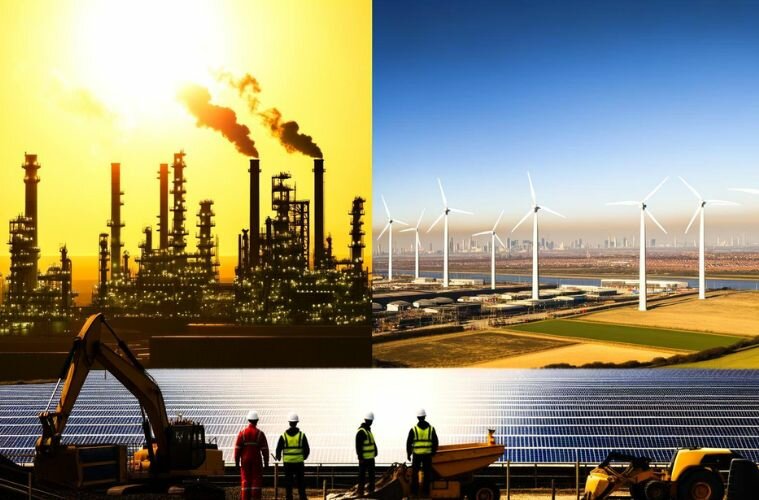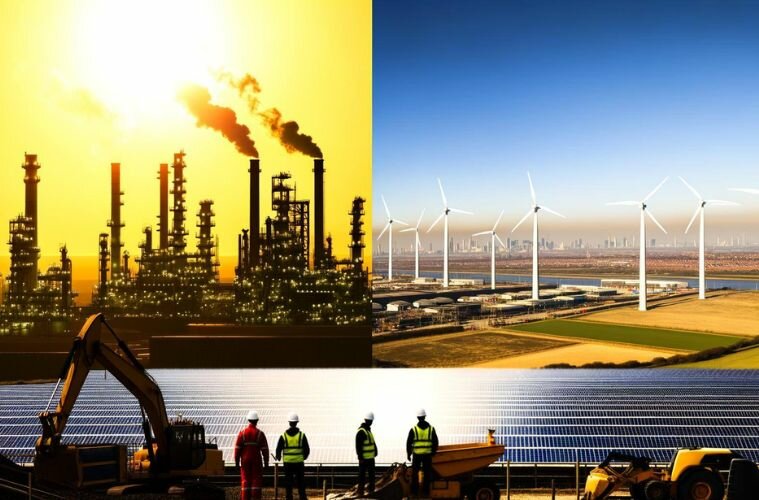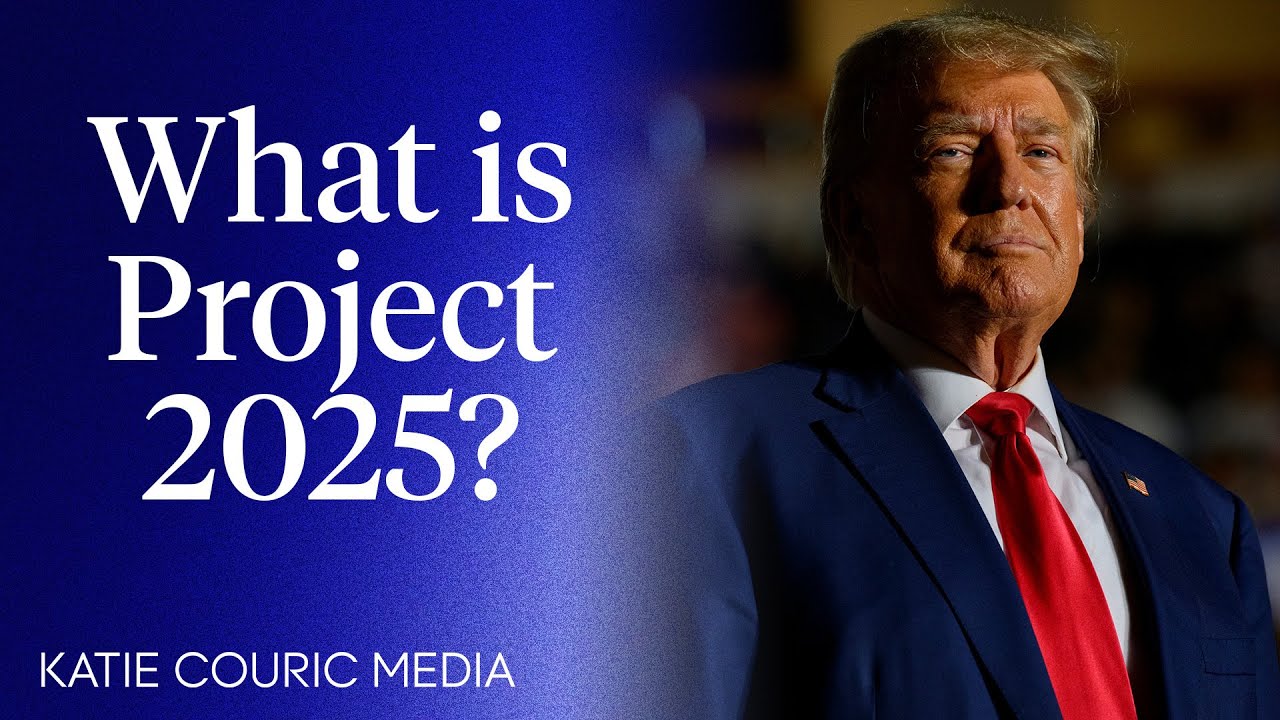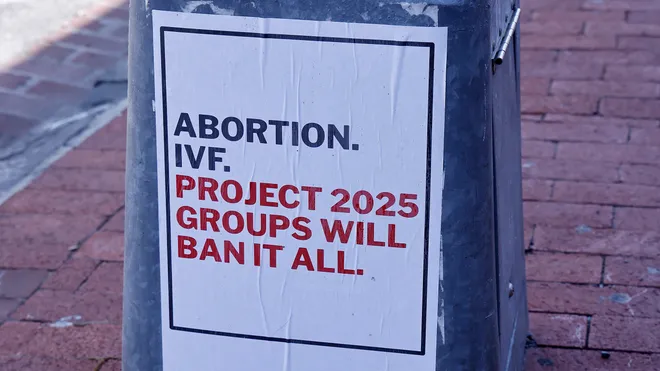Originally at environmentenergyleader.com
Staff Writer
With Donald Trump officially beginning his second term as the 47th President of the United States on January 20, 2025, several policies outlined in Project 2025 are already being put into motion. The plan’s focus on deregulation and fossil fuel expansion is now actively shaping the environmental and energy landscape. These shifts are creating a challenging environment for companies that have spent years investing in sustainability, ESG goals, and renewable energy initiatives.
A Swift Return to Fossil Fuels
One of the primary goals of Project 2025 was to dismantle key clean energy initiatives and prioritize fossil fuel production. The Trump administration wasted no time in acting on this agenda:
- Elimination of Clean Energy Offices: The Department of Energy (DOE) has already begun restructuring efforts to dissolve the Office of Energy Efficiency and Renewable Energy, the Loan Programs Office, and the Office of Clean Energy Demonstrations. These offices were central to advancing federal investments in renewable energy and managing funding from the Inflation Reduction Act (IRA) and the Infrastructure Investment and Jobs Act (IIJA). Their removal signals a major shift away from government-backed clean energy projects.
- Reallocation Toward Fossil Fuels: Federal resources are being redirected to enhance oil and gas production, with the administration arguing that boosting domestic fossil fuel output will increase energy independence and stabilize prices. While supporters see this as an economic win, critics warn it could erode progress toward net-zero emissions and limit U.S. competitiveness in the global clean energy market.
- EPA Rollbacks and Deregulation: Consistent with Project 2025’s recommendations, the Environmental Protection Agency (EPA) is undergoing substantial restructuring
- Cuts to Key Divisions: The administration has already moved to eliminate the Office of Environmental Justice and External Civil Rights, which was responsible for addressing pollution burdens affecting marginalized communities. Environmental advocates warn that this move will disproportionately harm low-income populations facing the highest levels of industrial pollution.
- Regulatory Reversals: The administration is actively working to repeal climate-focused regulations, including those limiting greenhouse gas emissions from power plants and vehicles. Perhaps most significantly, a review of the EPA’s 2009 “endangerment finding” is underway. If reversed, the EPA would no longer have the authority to regulate carbon dioxide under the Clean Air Act, significantly weakening federal climate oversight.
The Fallout for U.S. Businesses
For businesses committed to ESG goals, these policy shifts create immediate challenges. As E+E Leader predicted in its November 2024 article, companies must now navigate an increasingly fossil-fuel-focused economy while maintaining sustainability commitments.
- Corporate Climate Strategies at Risk: Many Fortune 500 companies have set ambitious net-zero goals and invested heavily in renewable energy. With reduced federal support for clean energy, businesses must find alternative ways to meet these targets, such as increasing private investment in renewables or securing state-level incentives.
- Trade and Market Uncertainty: The rollback of federal climate policies could also create friction with international partners. The European Union’s Carbon Border Adjustment Mechanism, for example, imposes tariffs on imports from countries with weaker environmental standards. U.S. businesses exporting to the EU may face higher costs if the U.S. fails to align with international climate regulations.
What’s Next? Business Strategies in a Post-Project 2025 Economy
Companies must now decide whether to embrace deregulation or double down on sustainability despite a lack of federal support. Likely responses include:
- Accelerating Private Sector Climate Initiatives: Businesses may increase investments in on-site renewable energy, sustainable supply chains, and emissions reduction efforts to maintain their market positioning.
- State-Level Advocacy: With federal regulations weakened, companies may push for stronger state-level environmental policies in progressive states like California and New York.
- International Compliance Strategies: To remain competitive in global markets, U.S. companies will need to align with international sustainability standards, regardless of federal policy shifts.
The Road Ahead
Project 2025 is no longer just a policy proposal—it is now shaping the regulatory framework of the United States. Companies that have built sustainability into their business models must adapt quickly, balancing their ESG commitments with the realities of a deregulated federal landscape. As businesses, investors, and policymakers adjust to this new reality, the long-term economic and environmental consequences of these shifts will become clearer in the months ahead.
Read the Original Story






